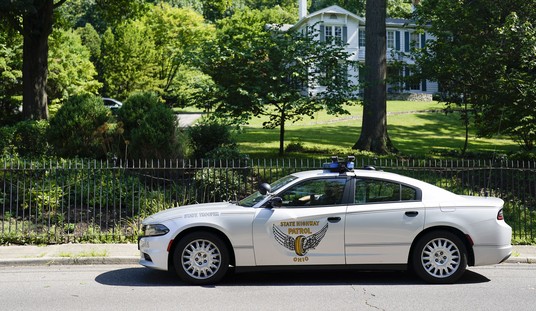Two recent polls show there is still no clear favorite in the Connecticut governor’s race. A Quinnipiac poll shows the race is a toss-up, while Public Policy Polling has Gov. Dan Malloy (D) ahead of Republican Tom Foley by eight points.
Less than a month before the general election, the 43 percent tie in the Quinnipiac survey shows Foley has lost some support since the last time the company polled the race in September. Foley led that poll by six points, 46 percent to 40 percent. Support for independent candidate Joe Visconti moved up a tick from 7 to 9 percent. Visconti also pulled in 9 percent in the PPP poll.
“The biggest surprise to the pollsters, but not to our campaign, is polling high numbers for women (10 percent) and Democrats (9 percent) while only having 14 percent name recognition,” Visconti’s spokesperson Jeff Weiss said. “Our numbers would have been much higher if Joe Visconti were not excluded from the last two debates during the polling period.”
Weiss added that Visconti will appear at two debates featuring the gubernatorial candidates, the first on Oct. 16 and the second on Oct. 23.
Despite not showing a clear favorite in the race for Hartford, the Quinnipiac poll did show that jobs rank as voters’ primary concern — 40 percent said the candidates’ job growth and economic policies matter most, which is not surprising.
Malloy and Foley have hit each other hard over jobs. Foley has hammered Malloy over the state’s dragging economy during his term as governor. The Republicans have used the governor’s record tax increase — $2.6 billion — in 2011 as ad fodder since June. The state is now on track to have a $1.1 billion deficit in 2015.
Foley’s economic policy would see the elimination of the business entity tax and reducing the sales tax by 0.5 percent. He also plans on holding spending flat for two years. Under Malloy, state spending has increased by $3 billion.
However, according to the University of Connecticut’s economic report from May, cutting taxes as a means to closing the budget gap over the next two years would likely result in 32,500 full-time job losses. The report estimates that 19,700 of those losses would be in the private sector.
“[Connecticut Economic Outlook] argues that addressing the current fiscal crisis only through cuts is the worst approach; it might condemn the state’s economy to decades of weak performance, actually worsening long-term problems,” the report said.
While the report doesn’t dig into the policies of Malloy, it does show that Connecticut economic recovery has been slow since the recession.
“Connecticut is one of the few states whose economy, whether measured in output or household income, is not close to its 2007 peak,” the report says. “Job recovery has been equally slow, with barely a quarter of the jobs lost (since 2007) restored, with many of those who have returned to work going to lower quality jobs than the ones they lost.”
Malloy’s job creation claims are at odds with this report – and during a recent debate Foley said his claims are at odds with reality. Malloy claims to have created nearly 60,000 jobs in the state during his tenure. Foley said that at least 25,000 of those jobs came from his predecessor.
The state’s Department of Labor reported in September that Connecticut lost 3,600 jobs in August while adding just 400 in the private sector. The unemployment rate sits at 6.6 percent – unchanged from September – leading some to see light at the end of the tunnel.
“This summer appeared to be the best economically since the recovery began in 2010,” said Andy Condon, director of the Office of Research. “Some of the lull in overall employment growth may be due to an early sample week in August, as compared to when public school educators and support staff normally return to work for the new school year.”
Malloy is hoping that his investments in education will help fuel the state’s recovery. Last November, Malloy announced $24 million in technology funding for schools throughout the state. In February, the governor launched his Transform Connecticut State Colleges and Universities program, which provides $134 million in funding for technology and tuition funding.
Foley has been critical of the governor for his education policies, including the implementation of Common Core. Under his plan “the money would follow the child” in an effort to allow parents to choose the appropriate school for their child, generally a charter school, and provide extra funding to those schools. Foley’s plan has been criticized by the Democrats as taking money away from struggling public schools, creating a system of winners and losers.
Visconti has pledged to repeal Common Core. He has made the issue, along with repealing Malloy’s gun bill, the foundation of his campaign. He says the system creates disadvantages for the already disadvantaged.









Join the conversation as a VIP Member